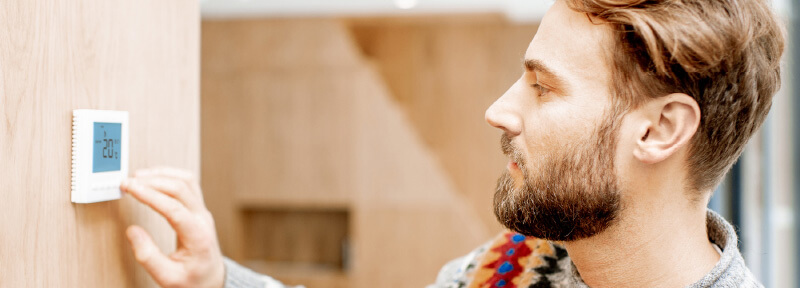
Understanding Zombie Heat Pumps and Increased Electric Bills
How Zombie Heat Pumps Affect Your Electric Bill
If your air conditioning goes out in the middle of the summer, you realize it pretty fast as the house heats up. But if your heat pump is not operating properly in the winter, you might not realize it – until the electric bill shows up! That is because heat pumps usually use electric backup resistance heaters, which use more electricity to produce heat than the heat pump. For an energy-efficient home, let’s explore how this works.
Heat Pump Operation and Efficiency
A heat pump takes heat from outside and moves it inside your house. Even cold winter air contains some heat, and heat pumps can extract heat from the outside air on a cold day and transfer it indoors to maintain a comfortable temperature. It does this by operating as a refrigeration system – essentially an air-conditioner running in reverse. If the heat pump is taking heat from the outside air (as opposed to a geothermal ground loop), the efficiency of the heat pump decreases as the outdoor air temperature decreases. The colder it is, the harder it gets to keep your home comfortable.
The efficiency of a heat pump varies significantly with the outdoor temperature. While a heat pump may be twice as efficient as a conventional heating system at 50 degrees F, when the outdoor temperature drops to less than 30 degrees, supplemental electric resistance heating kicks in.
Electric Backup Heaters and Supplemental Heating
At very low outdoor temperatures, the heat pump compressor will shut off completely and the backup heating system takes over – using much more electricity. Most smart thermostats support many stages of heating and cooling and can run the heat pump and auxiliary heat simultaneously to maximize comfort and reduce overall energy costs.
Smart Thermostats and Energy Optimization
In case of compressor or general system failure, many thermostats have an emergency heat switch that bypasses the thermostat and activates the supplemental heater. You may have noticed that after a power outage, the supplemental electric resistance heater runs for a while to heat the house. This is normal, as the system is designed to reheat the oil in the crankcase of the compressor before restarting the compressor.
Troubleshooting and Maintenance
If you notice that your system is heating but the outdoor compressor is not running, or if the emergency heat light is on, there could be several reasons for this. The power might be off to the outdoor unit because of a blown fuse or tripped circuit breaker. A very dirty air filter, or debris on the outside unit (such as snow) could also be the problem. Drastic changes to the settings on the thermostat might also force the system into emergency heating mode.
If the auxiliary or emergency heat light is always on when the unit is heating, there is probably some problem with the system. A service professional can quickly check if the system is low on refrigerant, or if there is a more serious problem.
Keep an eye on your thermostat light and your system, as well as your electric bill. If there is an increase in electrical usage for no apparent reason, you may have a zombie heat pump running on expensive backup electric resistive heat.
Read Next: Four Steps to Keeping Your Home Comfortable and Energy Efficient This Winter



